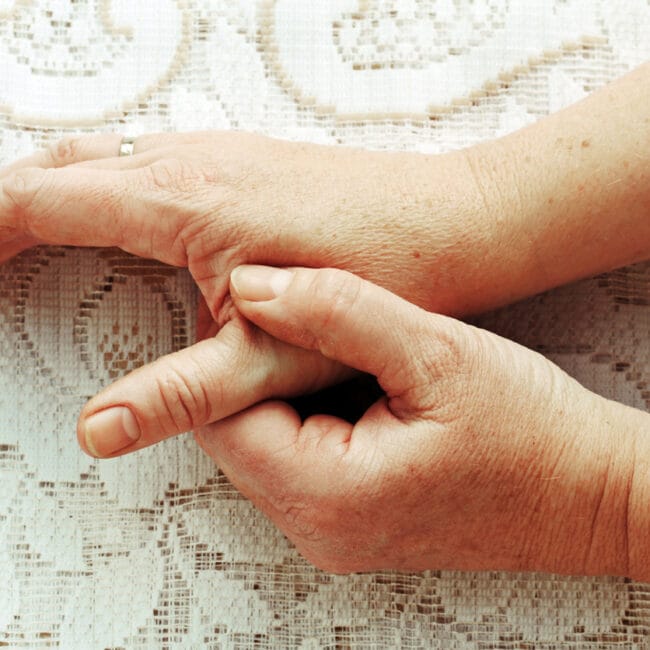Training for a marathon is a long and gruelling process that takes months, if not years, of preparation. This inevitably puts a lot of stress on your feet, which can become injured in a wide variety of different ways. But when it comes to running a marathon, even the slightest problem can have a significant impact on your ability to run the race. This blog will lay out several simple but effective ways to help avoid these mistakes and ensure that your feet are in tip-top shape on the big day.
Proper Footwear
Wearing the right kind of footwear goes a long way beyond wearing shoes that you think are comfortable. Depending on whether you plan to walk, jog, or run, you will need to find shoes that not only fit, but offer exactly what you need. Factors such as shape, grip, shock absorption, and cushioning will all differ depending on how you plan to complete the marathon. For more information on how to choose the right shoe for you, check out our blog on this topic.
Choosing the right socks is also an important thing to remember. For sports, synthetic socks are better than cotton or wool, as they absorb less moisture and prevent the inside of your shoes becoming damp. Choosing socks that snugly fit your feet is crucially important to avoiding blisters, which can form if your socks are sliding around causing friction with your feet. Ideally you should wear the socks you plan to run in when you go to buy your shoes, as this will give you the best idea of how well everything fits and how comfortable it all feels together.
Take Care of Your Skin
Blisters aren’t the only problem facing the skin on your feet. The skin on our feet is about 4 times thicker than the skin elsewhere on our body. While this usually serves to protect our feet from hard and rough terrain, this thicker, drier skin is far more prone to cracking. With high-impact, repetitive activities such as run, cracking is a very common problem. To avoid this, you should make sure to moisturise your feet regularly. Once a week should be enough in most cases, although if you regularly suffer from blisters, you should moisturise daily.
Using a pumice stone to remove dry skin from your feet can also help. The important thing to remember here is to only do a light touch. For runners, using a pumice stone helps avoid the buildup of calluses, but you don’t want to remove too much skin, as it does act as cushioning and protection also.
Cool Down
You’re probably familiar with the feeling of swollen, achy feet after a run, but that doesn’t mean it is a sensation that you should just put up with. Giving your feet a cold foot bath after a run is a great way to relieve discomfort, but also helps your feet stave off any long-term damage. The stress that we put on our feet when we run can lead to all sorts of painful issues, such as Plantar fasciitis, the swelling of the ligament the runs along the bottom of our feet. Conditions like this can seriously impede a person’s ability to run, to the power of cool water should not be underestimated.
Nail Care
They may be small, but your nails can cause you a lot of trouble if they’re not looked after correctly. For a marathon, the main thing you want to avoid is an ingrown toenail. This occurs when the nail is improperly cut, and grows sideways into the skin, which can lead to both severe pain and infection. It may seem counterintuitive, but when cutting your toenails, avoid cutting them in a U shape, and stick to a more horizontal line. This will prevent them from growing outwards and into the skin. Cutting them after a hot shower or footbath is the best and easiest time to do so.
You should also avoid products like polish and varnish, as these prevent the nails from breathing, and trap bacteria within them. This can also lead to infection.
You likely already have a lot to do and focus on if you plan to run a marathon, but don’t let improper foot care tarnish all the hard work you’ve put into other areas. Follow these tips, and your feet should be ready and raring to go on the day.











